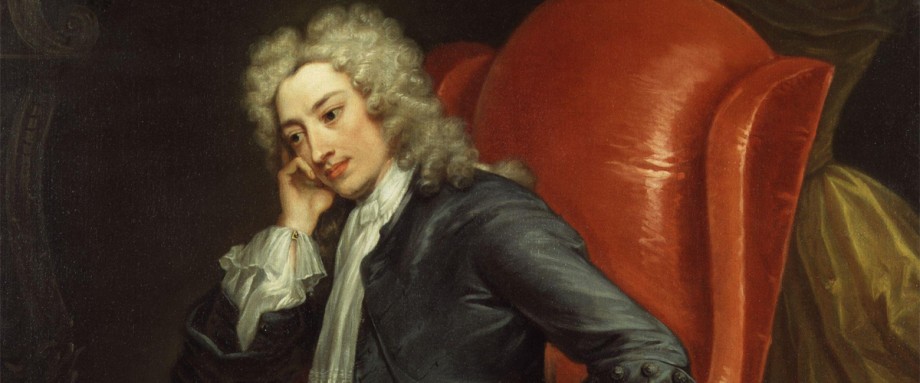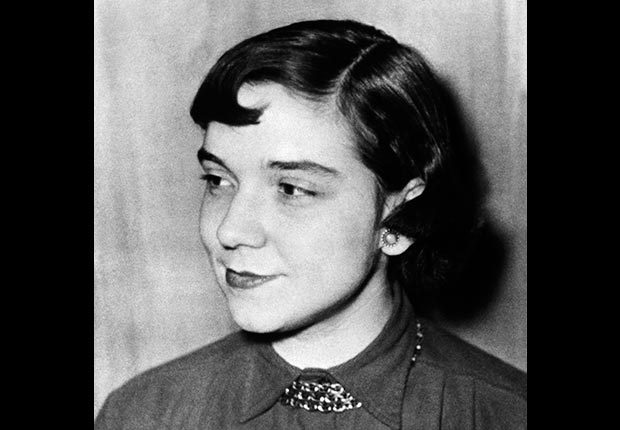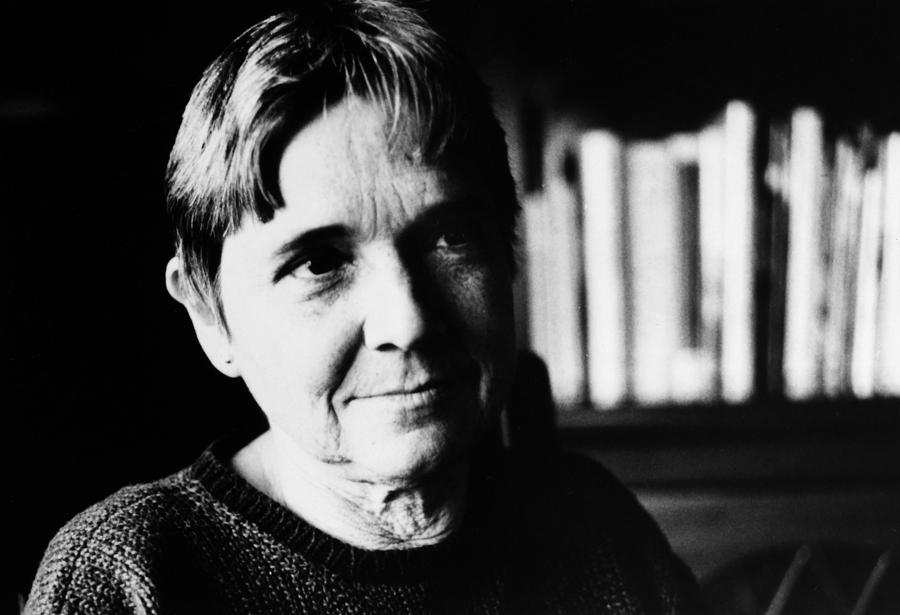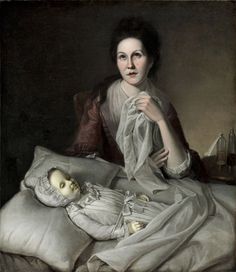About the Poet:
Irwin Allen Ginsberg (June 3, 1926- April 5, 1997) was an American poet that was one of the few faces of the Beat Generation of 1950s. Born in Newark, New Jersey, he later went on to study his Bachelor’s degree at Columbia University. He largely opposed militarism, economic materialism and sexual repression and composed most of his poems associated with the aspects of counterculture like his views on drugs, hostility to bureaucracy and acceptance to Eastern religions. His most famous poem, “Howl”, depicts the destructive forces of capitalism and conformity in the United States.
Introduction to the poem:
This poem by Allen Ginsberg deals with the grotesque nature of modern life and the internal harassment that we face each day living in the era of urbanization Ginsberg talks about the sad reality that we live in a world where money and power has blinded man. He narrates the unfortunate realities of modern life and wishes that he would rather be “lay in a hotel room over the body of some suffering man or woman” or “crawl on my naked belly over the Cincinnati” than live under and among the influence of such people.
Setting of Paterson:
The poem is during the brink of globalization of the modern world. Although times have improved since modernization began, the time that the poet speaks of is during its origination. The people of that time had a mind-set that revolved around power and money and the tactics of manipulating people over both these assets. The poet narrates his poem in a grotesque manner in relation to the practices that these people follow and their consequences.
Poetic Devices in Paterson:
Alliterations:
Line 2: “How much can I by cutting my hair?”
Line 3: “bathe my body reeking of masturbation, sweat, layer upon layer of excrement”
Line 4: “statistical cubicles, factory stairways,”
Line 5: “department store supervisory”
Line 7: “justify their reality of wrath and rumour of wrath to
wrath-weary man”
Line 8: “What war I enter and for what a prize!”
Line 10: “I would rather go mad, gone down the dark road”
Line 11: “Eyes and ears full of marijuana”
Line 13: “or laying in a hotel room over the body of some
suffering man or woman”
Line 14: “Rather jar my body down the road”
Line 16: “rather drag a rotten rail road tied to a Golgotha in the Rockies”
Line 18: “pierced in the side in Chicago, perished and tombed”
Line 19: “come down roaring in a blaze of hot cars”
Line 20: “streetcorner Evangel in front of City I-Tall, surrounded by statues”
Line 21:”with a mouthful of shit, and the hair rising on my scalp”
Line 22: “screaming and dancing in praise of Eternity annihilating the sidewalk, annihilating reality”
Line 23: “Screaming and dancing against the orchestra in the destructible ballroom of the world”
Line 24: “Blood streaming from my belly and shoulders……
Flooding the city with its hideous ecstasy, rolling over the pavements and highways”
Line 25: “By the bayoux and forests and derricks leaving my flesh and my bones”
Personification/ Metaphor:
The entire poem mentions numerable personifications and metaphors in each sentence. Some of these include “cloakrooms of the smiling gods of psychiatry” and “dumbbells of the ego”.
Symbolism:
“layer upon layer of excrement dried in employment bureaus, magazine hallways … psychiatry” symbolizes humanity wasting itself in these places where manipulation is repeatedly practiced. “Old clerks in …. Wrath weary men” symbolizes the individuals that practice their power on the weaker men that work under their supervision.”
Summary of Paterson:
The poet, Allen Ginsberg who was known for his strong views on counterculture aspects like drug abuse and bureaucracy, speaks his mind in this poem. He narrates the ill effects and consequences of bureaucracy handled by the individuals that are unjust and extract resources from the weak. A clear picture of the disruption created by the modern world is shown poetically by this author who later says in the poem that he would rather be in situations of physical pain rather than be a part of such a toxic niche.
Critical Analysis of Paterson:
The poem is Allen Ginsberg’s reflection of the modern day society’s adverse effects on the people of today. He portrays his views on aspects of exploitation, abuse and its consequences on the weaker sections that can’t do anything apart from bearing with the burdens. Ginsberg’s ideologies on leading a calm life are reflected when he says later in the poem that he would rather suffer intense physical pain in different forms rather than living amongst such oppression.
Central Idea of Paterson:
The poem revolves around the modern times where factors like earning money faster, wastage of efforts in superficial offices, and the abuse of the weak by the powerful are some aspects that Ginsberg deals with in this poem. He wants to send the message to his reader about all that is wrong with the modern ways of social living through the instances in his poem. He wants his readers to beware of these dangers and warns them of its intensity by stating that he would rather be in situations giving him severe pain than to endure or tolerate the toxic nature of modern life killing his soul.
Tone of Paterson:
Ginsberg begins the poem with reflecting the minds of people by portraying them to be asking themselves of ways to make fast money. He then talks about the stronger and more powerful sections of society taking advantage over the weaker men who have been abused throughout. He then goes on to dictate the exploitations of consumerism and how they have affected him. He mentions that he would rather “frag a rotten railroad tie to a Golgotha in the Rockies” or rather be “crowned with thorns in Galveston” than be subjected to such a grotesque reality.
Conclusion:
The poem is a depiction of the world Ginsberg wants to warn his readers about. It’s a dark poem that revolves around the consumerism lifestyle that the modern world has brought upon itself. It deals with the sad intricacies that unfold when aspects like money and power take over man’s senses. The poet even narrates the severe contagious nature of this environment when he states that he would rather be doing activities of intense labour than to ever be between such a brutal society.
Contributor: Deeksha Honawar
Some online learning platforms provide certifications, while others are designed to simply grow your skills in your personal and professional life. Including Masterclass and Coursera, here are our recommendations for the best online learning platforms you can sign up for today.
The 7 Best Online Learning Platforms of 2022
- Best Overall: Coursera
- Best for Niche Topics: Udemy
- Best for Creative Fields: Skillshare
- Best for Celebrity Lessons: MasterClass
- Best for STEM: EdX
- Best for Career Building: Udacity
- Best for Data Learning: Pluralsight













